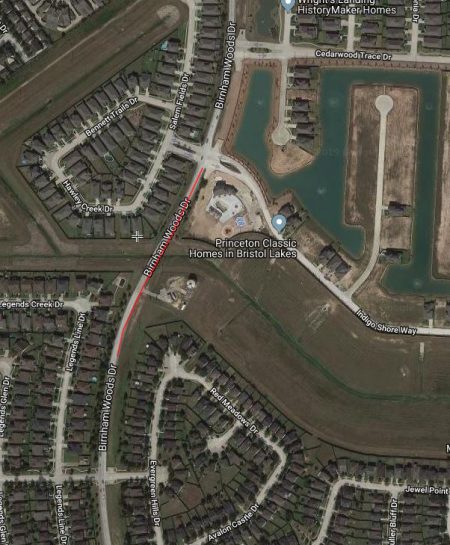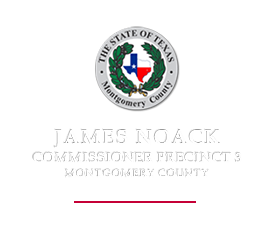A stool is one of the earliest forms of furniture, just as taxes are one of the earliest forms of burden in civilization. While there are various types of stools, the most commonly used stool, metaphorically speaking, is the three-legged stool.
In Montgomery County, the tax used most often to fund local governments is the property tax. I am going to apply the concept of the three-legged stool to the on-going efforts of property tax reform. Much like you would not want to attempt to sit on a stool with only two legs, you would not want to only tackle part of the property tax issue. With property tax reform on the minds of taxpayers across the state, politicians in Austin, and local leaders, this year is shaping up to be the year of property tax reform.
To accomplish this lofty goal, three things MUST be addressed: appraisals, tax rate/homestead exemptions and spending. These are the three legs of the taxpayers’ stool.
While the legislators toil in Austin they seem to have a focus on reigning in runaway appraisals which drive local property taxes. This is the first leg of the three-legged stool. Here in Montgomery County, we, as elected officials, need to do our part.
Leg two is the effective use of exemptions and setting the tax rate. Legislators and the court can tackle legs one (appraisals) and two (exemptions/tax rate), but since it’s a three-legged stool it doesn’t do much good for the taxpayer if the third leg isn’t in place. The third leg, spending, is the key. Without spending reform in Montgomery County, the effect of lower appraisals and exemptions would be negated by increases in spending.
My approach is simple and meaningful. The Montgomery County Commissioners Court needs to pass a resolution supporting legislative measures to bring about meaningful tax reform this legislative session. I have asked the County Attorney to draft the resolution for court on Feb. 14. At the same court session, Tax Assessor-Collector Tammy McRae will make a presentation to the court on homestead exemptions. Lastly, as we begin the budget process the court needs to focus on curtailing spending, a most conservative step would be to adopt the effective tax rate at a minimum.
I spoke to Mrs. McRae this morning and I believe it is well within our reach to aggressively pursue a 10 percent homestead exemption. Based on 2017’s values as of Wednesday, that would put $13.9 million back in the hands of the taxpayers. Montgomery County’s growth in appraised value from 2016 to 2017 is roughly $2.8 billion. At our current tax rate that will generate roughly $12.8 million in new revenue. That means the county’s growth alone will almost generate the revenue needed for a 10 percent homestead exemption. This should be the starting point for the court. Although final values will not be available until the summer, these numbers are based on information currently available and provide a positive outlook for potential property tax reform.
As these options and others are pursued, you can count on me to move forward with thoughtful diligence. Public safety and essential services will not suffer as we bring about spending and tax reform. As the budget hearings near, I will release specific details on spending reform.
I look forward to working with Commissioners Court on these initiatives. I am hopeful that other local taxing entities will join Montgomery County in pursuit of a homestead exemption. By working together and implementing meaningful property tax reform our taxpayers can rest as easily in Montgomery County as they can on their favorite stool.





